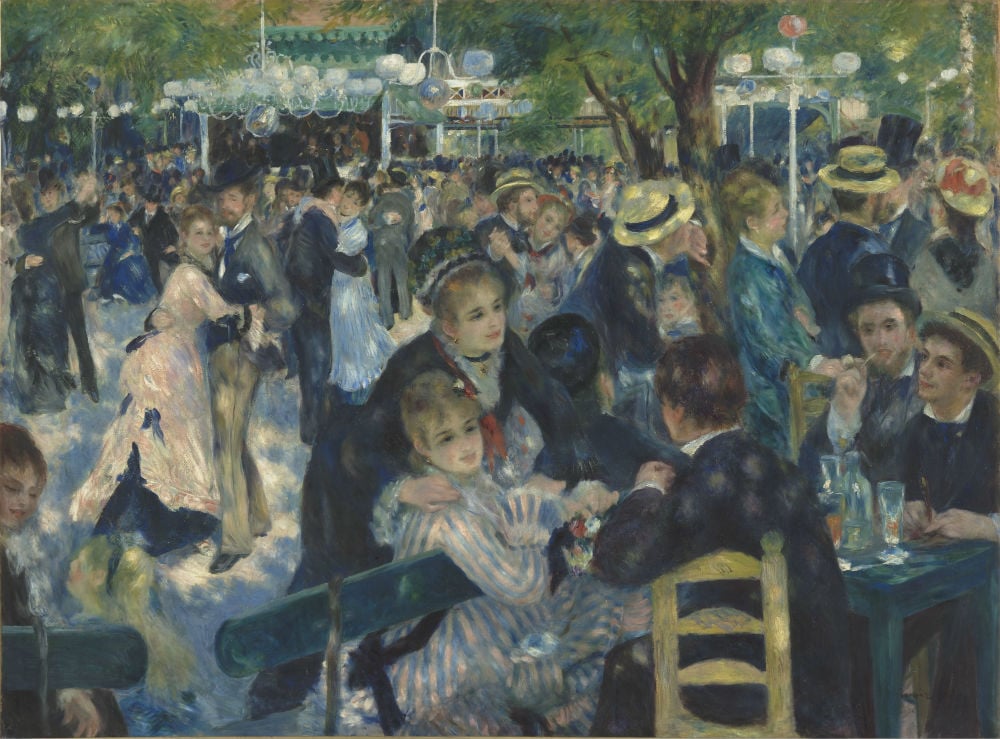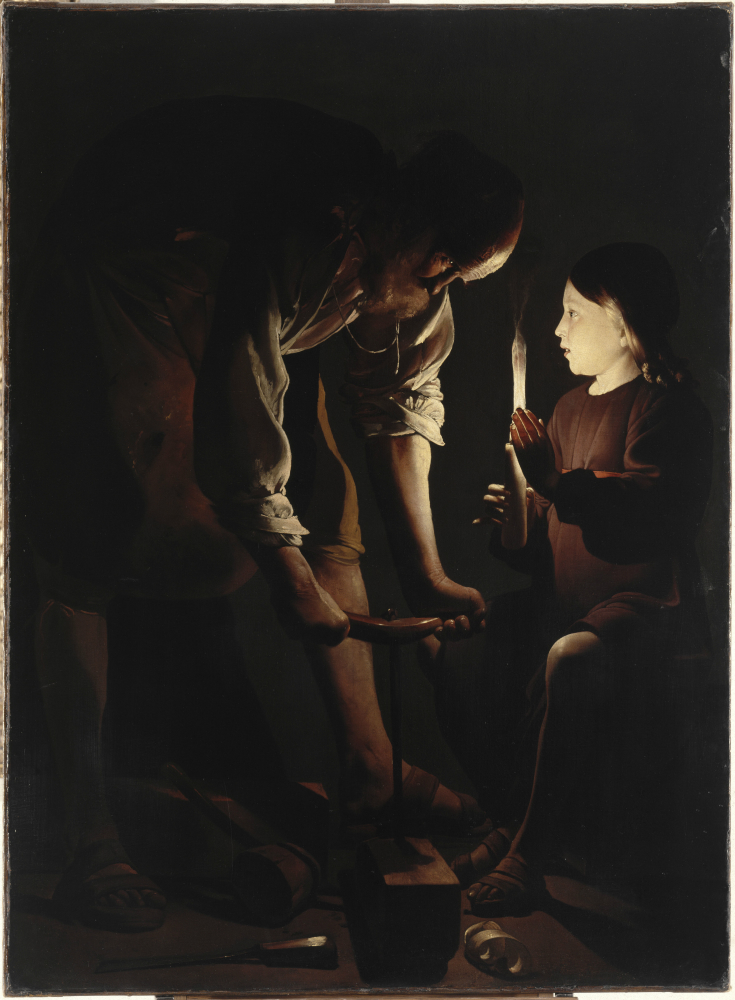Art & Exhibitions
France Loans $1 Billion of Art to China, But Delacroix’s Liberty Remains in Paris
To Grease Franco-Chinese relations, France Loans National Treasures.

To Grease Franco-Chinese relations, France Loans National Treasures.

Coline Milliard

Ten paintings from some of France’s most prestigious public collections have traveled to Beijing, where they will be exhibited from April 11 at the National Museum of China on Tiananmen Square.
Auguste Renoir’s Le Moulin de la Galette (1876), Pablo Picasso’s Matador, and George de la Tour’s Saint Joseph charpentier (c.1642) are among the pieces selected for the exhibition.
This is one of the highlights of a yearlong celebration of the 50th anniversary of Franco-Chinese relations. France officially recognized the People’s Republic of China in 1964.
“It is the first time that a selection of absolute masterpieces, instantly recognizable by art lovers across the globe, has been gathered from the Louvre, Versailles, the Musée d’Orsay, the Musée Picasso, and the Centre Pompidou,” Jean-Paul Cluzel, the president of the Réunion des Musées Nationaux told AFP.
The exceptional convoy—whose insurance value has been estimated at 700 and 800 million euros ($960 million–$1.1 billion) on the low end—arrived in China last week.

Georges de la Tour, Saint Joseph charpentier (c. 1642)
Courtesy Musée du Louvre © Rmn-Grand Palais / Gérad Blot
The selection covers five centuries of French art, starting with Jean Clouet’s portrait of King Francois I (c.1530) and finishing with pieces like Fernand Léger’s 1950s Composition aux trois figures.
“We tried to pick major artworks which are incredibly well known, but which, at the same time, represent different aspects of French life,” Cluzel continued.
Contemporary art is conspicuously absent from this selection, and so is Eugène Delacroix’s iconic Liberty Guiding the People. The monumental painting, which commemorates the workers’ and peasants’ revolt of 1830, is particularly popular in China, where it is featured in textbooks.
But damage caused during a 1999 trip to Japan, followed by vandalism last year at the Louvre-Lens, have led the Elysée to forbid further travel for the painting.
The exhibition will no doubt be very popular in China, which has shown an ever-increasing appetite for Western art. The current Monet exhibition—also part of the Franco-Chinese celebrations—has drawn hundreds of thousands of visitors in the Shanghai shopping mall where it is held.